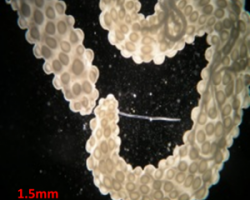
Rothamsted Research: Goals, Directions, Projects
Rothamsted is the largest research agricultural center in the UK and the oldest agricultural research station in the world. Having a 160-year history, Rothamsted has gained an international reputation as an advanced center for scientific support for sustainable land management and its impact on the environment. Rothamsted conducts a wide range of scientific research in the areas of genetics, biochemistry, cell biology, the study of soil processes at the ecosystem and landscape levels.



